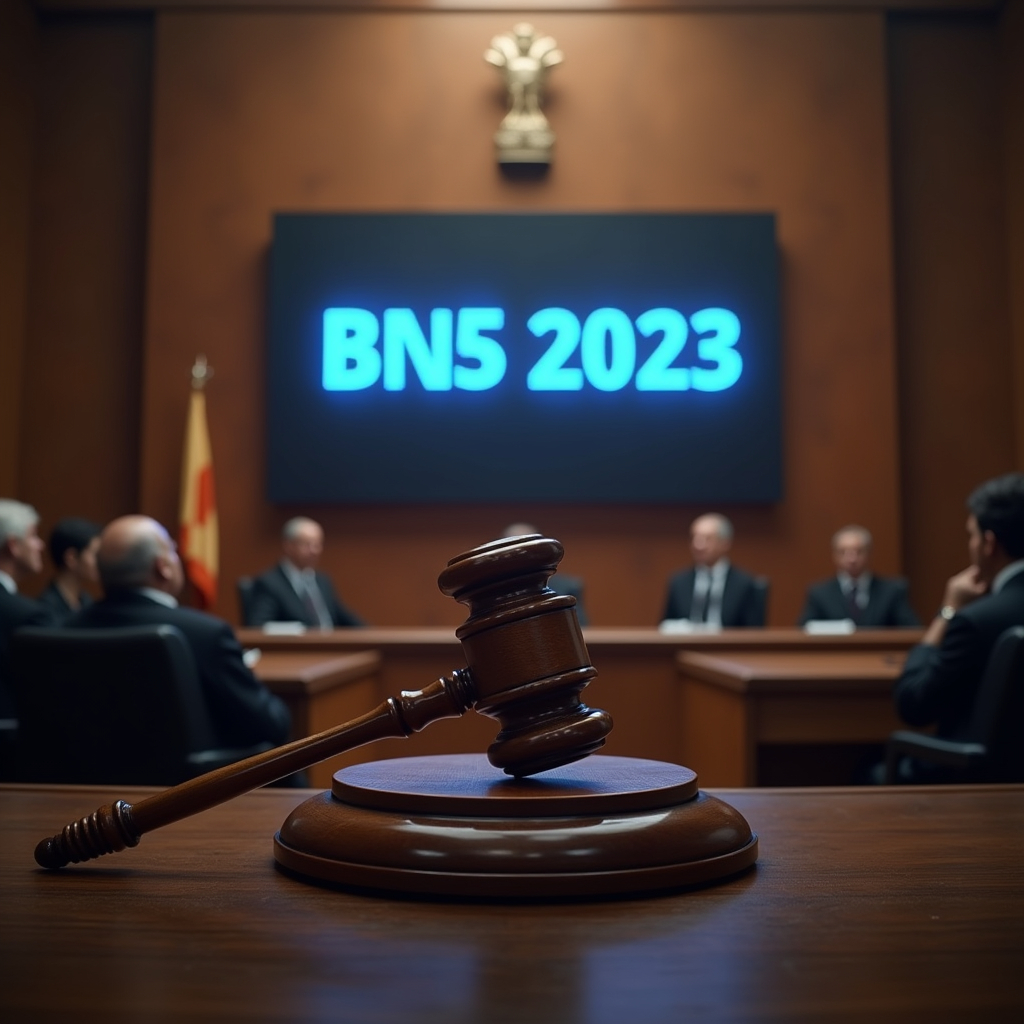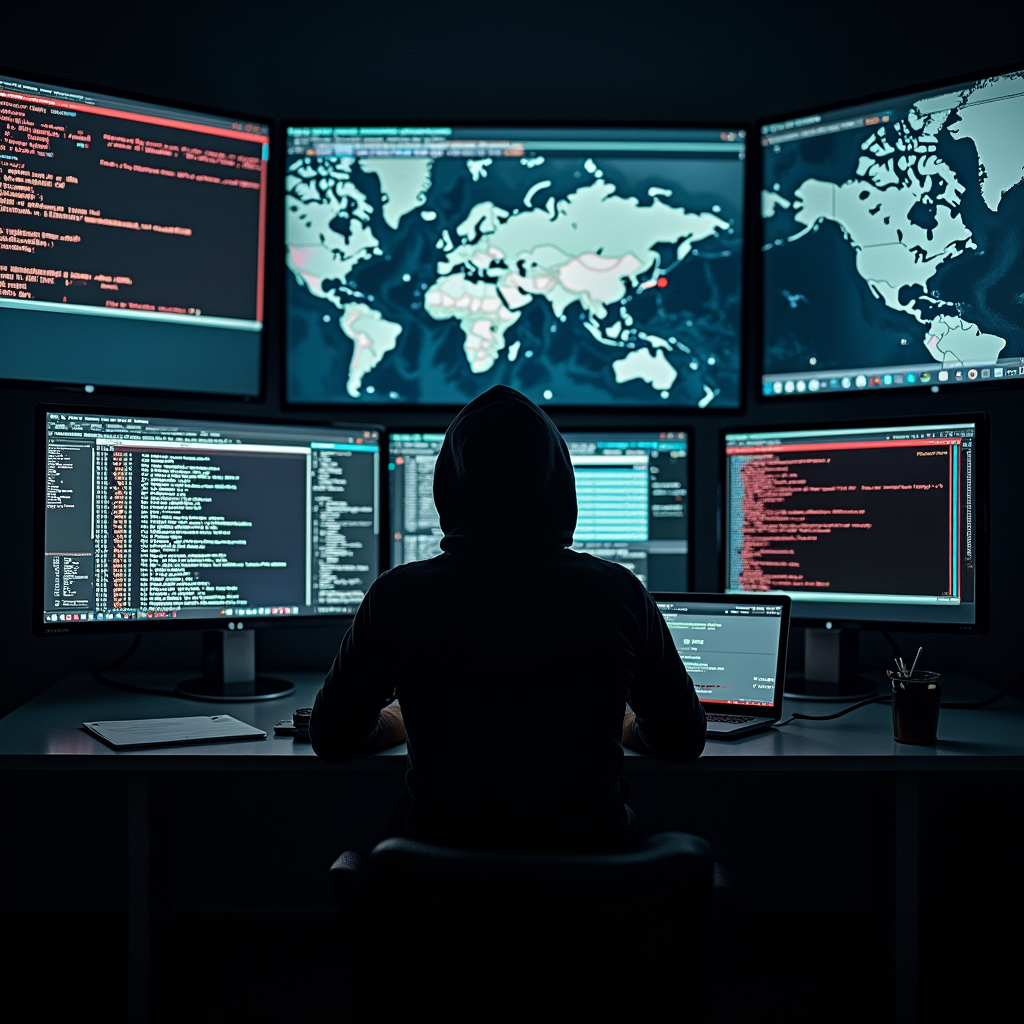This article has been written by Harsha Shashwat pursuing a Diploma in Advanced Supreme Court Practice and Litigation: Drafting, Procedure and Strategy PLUS Comprehensive Training to Crack the Advocate on Record Examination from LawSikho.
This article has been edited and published by Shashwat Kaushik.
Table of Contents
Introduction
Indian Penal Code 1860 was established during British Rule. And after India’s independence, it was adopted as the fundamentals of the legal system. It is the Indian Penal Code that frames the punishment for the crime committed. So it can be called the ‘mother’ of all laws.
Originally it consisted of 23 chapters and 511 sections, but with the latest Bhartiya Nyaya Sanhita 2023(BNS) it is now reduced to 358 sections and came into force on 1st July 2024.
What is waging war against the state?
An act of violence that disrupts the peace and sanctity of a country is known as treason. It encompasses a range of behaviours that demonstrate disloyalty to one’s country. Treason can manifest in various forms, including secession, insurrection, subversive activities, separatism, and actions that jeopardise a country’s sovereignty.
Secession involves the withdrawal of a region or a group of individuals from a country to establish an independent political entity. It is a blatant act of defiance against the existing political structure and challenges the authority of the central government. Secessionist movements often arise due to ethnic, religious, or cultural differences, or a desire for greater autonomy.
Insurrection, on the other hand, is an armed rebellion or uprising against the established government. It involves the use of force or violence to overthrow the existing political order and replace it with a new one. Insurrections are often motivated by political grievances, dissatisfaction with the government’s policies, or a perceived lack of representation.
Subversive activities, another form of treason, involve covert actions aimed at undermining the authority and stability of the government. These activities can range from propaganda and disinformation campaigns to acts of sabotage and espionage. Subversive elements often operate in secret, seeking to destabilise the government from within.
Separatism is the advocacy or pursuit of separation from a larger political entity. Separatist movements strive to create an independent state or autonomous region based on ethnic, religious, or linguistic differences. Separatism can lead to violent conflicts, as it challenges the territorial integrity and unity of the country.
Finally, jeopardizing a country’s sovereignty involves any action that threatens the independence, territorial integrity, or political autonomy of a nation. This can include foreign intervention, military occupation, or the imposition of unfair treaties that undermine a country’s sovereignty. Acts that compromise national security, such as providing sensitive information to foreign powers, can also be considered treasonous.
Treason is a grave offense that strikes at the heart of a country’s stability and security. It undermines the rule of law, weakens the authority of the government, and can lead to civil unrest and violence. Countries often have strict laws in place to deter and punish acts of treason, as it is seen as a betrayal of the highest order.

- Secession involves formally becoming separate from a larger political body or an organisation. It is declaring themselves as an independent party. This goal can be achieved by any means of peace or violence.
- Insurrection is showing anger towards the government through protest or procession through large-scale violence.
- Subversive activities are any violent activity done just to create fear and instability.
- Separatism is when people divide on the basis of religion, culture, race, and sex. There could be a fear of purposefully cleansing such groups or controlling their right to live in any form, like depriving them of their fundamental right, their right to live with dignity, etc., which could take the form of a revolt.
- Jeopardising a country’s sovereignty is putting the country to threat by any means that makes a country’s foundation weak. For example, helping separatists, ignoring international treaties, putting restrictions on trading, breaching protocol, etc.
How does IPC play any role here
The Indian Penal Code, now known as Bhartiya Nyaya Sanhita 2023 (BNS) is a solution to all the problems. Bhartiya Nyaya Sanhita 2023 (BNS) largely retains the provisions of IPC dealing with actions that harm peace and harmony in the country.
Earlier, Chapter VI of the IPC dealt with offences that were done against the state. These sections were 121, 121A, 122, 123, 124, and 124A. Now in Bhartiya Nyaya Sanhita 2023(BNS) these offences come under Chapter VII, under Sections 147, 148, 149, 150, and 151. The Section for Sedition has been deleted from Bhartiya Nyaya Sanhita 2023 (BNS). But new offences such as secession, armed rebellion, subversive activities, separatist activities, or endangering the sovereignty or unity of the country have been addressed in Bhartiya Nyaya Sanhita 2023 (BNS) under Section 150 and have been criminalised under Section 152.
Public tranquillity is given equal importance and it is dealt with in detail in Chapter VIII of IPC. It includes riots, internal disturbances, and another unlawful assembly. Sections that could be invoked were 153, 153A, 153B, 157, and 158. Now in Bhartiya Nyaya Sanhita 2023 (BNS) these offences come under Chapter IX under Sections 192, 196, 197, 189(7), 189(8).
Chapter XV of the IPC dealt with all the unlawful actions that happen in the name of religion or any specific ideology. Sections 296, 295A, 295 and 298 could be invoked. Now in Bhartiya Nyaya Sanhita 2023(BNS) these offences come under Chapter XVI under Sections 300, 299, 298 and 302.
Some important case laws
- The case of Nazir Khan vs. State of Delhi arising from FIR no. 658/1994 registered at P.S. Connaught Place, Delhi. The Supreme Court of India sentenced him to life imprisonment. All six accused persons were found guilty of offences punishable under Sections 3(1) and 3(5) of the Terrorist and Disruptive Activities (Prevention) Act (TADA). Specifically, Nazir Khan (A-1) and Naser Mohmood Sodozey (A-8) were also convicted under Section 14 of the Foreigners Act for entering India without valid documents and passports.
- The case of State (N.C.T of Delhi) v. Navjot Sandhu @Afsan Guru. Four people Mohd. Afzal, Shaukat Hussain Guru, S.A.R. Gilani, and Navjot Sandhu (Afsan Guru)—were accused in the Parliament attack on 13/12/2001. They were heavily armed with automatic rifles, pistols, hand grenades, and electronic detonators. It lasted for approximately 30 minutes, causing 9 deaths and leaving 16 injured. Navjot Sandhu was accused of concealing evidence related to the conspiracy to wage war against the Indian government under Section 123 of the IPC which is now Section 150 of Bhartiya Nyaya Sanhita 2023 (BNS) and was sentenced to 5 years imprisonment.

Limitations
Waging war against the state is not just limited to the internal chaos and nuisance created within the country by any antisocial elements. Any foreign entity or group trying to disrupt the peace of the country by infiltration, bombing, sending arms and armaments or through any digital means like cyber terrorism. In a recent case India banned TikTok which is a Chinese company concerning it might access sensitive user data through the short -form video app. Same was done with PUBG. The Indian Government blocked 581 applications and 174 betting and Gambling apps for security reasons.
Some of the major cases that were turning points in Indian history are-
- Let’s go back to the Khalistan movement demanding a separate homeland for the Sikhs. During the 1970’s, it gained momentum, causing bombardments, kidnappings, and several deaths, including bombing Air India flight 182, causing 329 deaths. And in 1984, under Operation Blue Star several militants hidden in the Golden Temple were killed by the Indian Army. In reaction to which Indira Gandhi was murdered by his Sikh bodyguard. Due to the government taking various measures, the Khalistan movement weakened. Lately, it again gained momentum. A big group of Sikhs living in Canada are protesting and trying to influence Sikhs within India. But the majority of the Sikhs who love India are condemning it.
- The other two important cases were of the 13/12/2001 Indian Parliament attack and the 26/11/2008 Mumbai terror attack. It not only affected Delhi, Mumbai, or India, but it was criticised world wide. Various amendments and enactments were done. The parliament also passed two bills—one to set up the National Investigation Agency, which had special powers and another to amend laws so that it could provide more stringent actions against such activities. The Indian Army responded to such terrorist organisations from time to time with Uri surgical strikes and Balakot airstrikes.
Suggestions
India, with its 140 billion population and its extensive geographical entity ranging from the Himalayas in the north, the Indian Ocean in the south, the Arabian Sea in the southwest and the Bay of Bengal in the southeast. And connecting with nine neighbouring countries—Afghanistan, Bangladesh, Bhutan, China, the Maldives, Myanmar, Nepal, Pakistan, and Sri Lanka. India’s vast land borders, diverse terrains, namely deserts, fertile lands, swampy marshes, snow-covered and tropical evergreen forests, and geographical complexities play a big factor in keeping the security of the country.
Some of the major problems our country is facing are as follows:.
- Cross-Border Terrorism: It stands out as one of the major reasons for disagreement between neighbouring countries. There is always the possibility of ceasefire violations, bombing. For which the government has built strong surveillance technology.
- Infiltration: Political instability and crises within a country like Pakistan also lead to an upsurge in cross-border infiltration. Frequent intrusion is a threat to the nation. Illegal immigrants, smuggling, and selling of arms, armaments, and drugs have become regular practices. For which the government has constructed physical barriers like walls and fencing so that there is no unauthorised crossing across the border. And proper barricades at checkpoints with a proper Vigilance team and equipment. A recent incident happened in Reasi District of Jammu & Kashmir where a bus of pilgrims was attacked by a terrorist group.
- Cyber terrorism: Launching of several online apps, games, and malicious links, which in any way can cause a threat to the country. For which the government has invested in developing cyber-forensic capabilities. The Ministry of Home Affairs has launched I4C to provide guidelines for combating cybercrime.

It can only be achieved through strong laws and machinery to promote peace and security. Some measures, not on a national level, but on a community level and within the territory and its people, can bring a big change in this reform. Economic developments can reduce the involvement of people in illegal activities. By addressing grievances and promoting social inclusion, radicalisation can be prevented. Educating communities about nonviolent alternatives and conflict resolution. The recent incident of protest about CAA, NPR, and NRC, where a certain community got outraged with it’s coming into force. There was a need for educating its advantages and disadvantages by the government rather than a few political and religious parties misinforming people, which resulted in protests like such.
Conclusion
Time-to-time steps have been taken to strengthen the laws through enactments and amendments so that an atmosphere of peace and order prevails in the country. To curb and put control over immoral and dishonest behaviour of an individual or a society, a strong legal framework is needed and IPC now Bhartiya Nyaya Sanhita 2023 (BNS) provides such a base. The regulation in laws is very much needed so that the culprit does not walk freely because of any loopholes.
References
- Waging War Against The Government Of India: Section 121 & 121A (legalreadings.com)
- Anti-Terror Laws in India – iPleaders
- Nazir Khan v. State Of Nct Of Delhi . | Delhi High Court | Judgment | Law | CaseMine
- State (N.C.T. Of Delhi) vs Navjot Sandhu@ Afsan Guru on 4 August, 2005 (indiankanoon.org)
- Security Challenges and Their Management in Border Areas – INSIGHTS IAS – Simplifying UPSC IAS Exam Preparation (insightsonindia.com)
- Security challenges and their management in border areas – civilspedia.com
 Serato DJ Crack 2025Serato DJ PRO Crack
Serato DJ Crack 2025Serato DJ PRO Crack










 Allow notifications
Allow notifications



